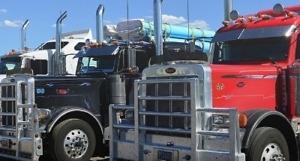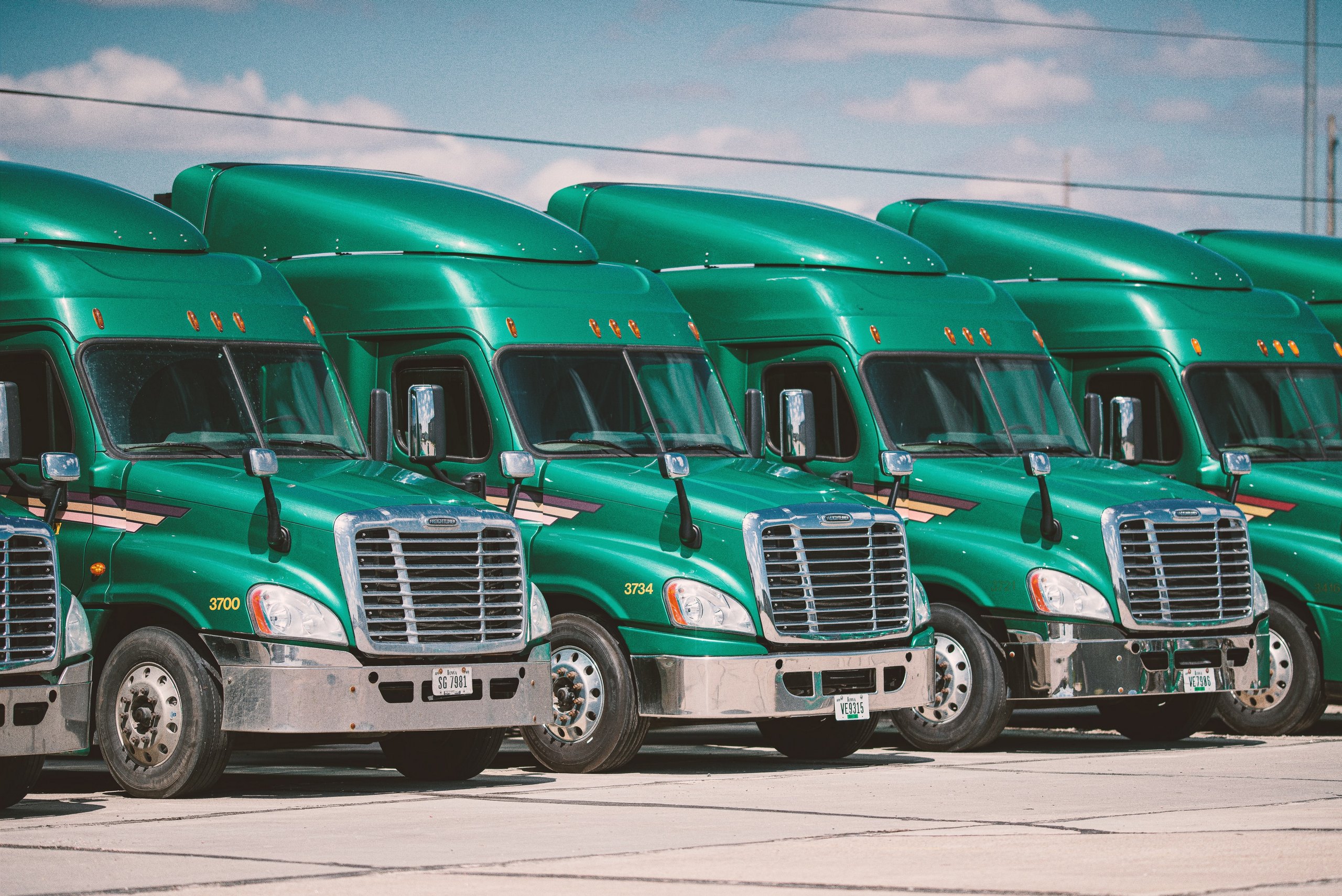2020 Saw motor carrier surge according to data

Although the trucking industry has seen some remarkable year-over-year increases in new entry — 2004 and 2018, for example — nothing compares to 2020, data show. The Federal Motor Carrier Safety Administration (FMCSA) granted common authority to nearly 58,000 motor carriers of property, a 36 percent increase over 2019. Nor was 2019 a weak year for new authority, as it just barely fell below the previous record year of 2018.
The 2020 surge in new authority was concentrated in the second half of the year. Each month from July through December saw more new carriers authorized than any month prior to that period. Clearly, the pandemic’s consequences sparked new entry. The most obvious impetus was the surge in spot market volumes and rates that began in June as the goods economy rebounded from the spring contraction.
Accompanying this “pull” factor was a big “push” factor — furloughs and sharply reduced miles and driver pay stemming from the contraction itself. Many trucking companies diverted freight from leased owner-operators to company drivers to keep utilization as high as possible. Suddenly, many displaced leased operators and company drivers were looking for a way to earn more money, and the spot market offered that opportunity.
However, to post trucks in the spot market or accept a load from an intermediary, owners need operating authority.
These pandemic-related factors surely accelerated a couple of trends — one legal and one technological — that were already encouraging new entry. The ongoing challenges to the leased owner-operator model such as California’s AB 5 legislation no doubt have nudged many trucking companies into shifting their non-asset capacity from leased operators to small carriers that they retain on a load-by-load basis through logistics units.
Enjoying our insights?
Subscribe to our newsletter to keep up with the latest industry trends and developments.
Stay InformedMeanwhile, advances in digital platforms have made it easier for brokers and third-party logistics providers to manage their small carrier partners’ capacity more effectively as they compete with asset-based carriers for shippers’ business. This trend arguably provides many small carriers a buffer against swings in spot market conditions by giving them the ability to participate — indirectly, at least — in the contract market. The coming year or so might tell us how close that theory is to reality.
(from HDT Trucking Information)


















